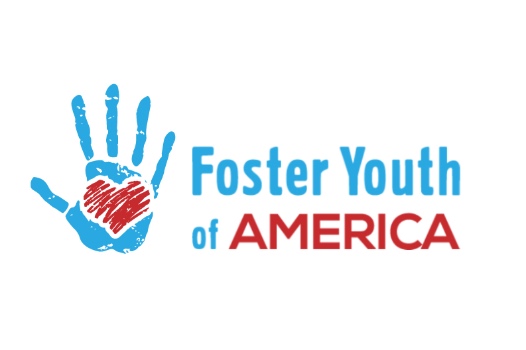
Foster youth and education: Facts and Figures
- Children in foster care are far more likely to change schools during the school year, to be in special education classes, and to fail to receive passing grades than their general population counterparts.
- High school dropout rates are 3 times higher for foster youth than other low-income children
- Only about 50% graduate from high school
- Over 40% of school-aged children in foster care have educational difficulties
According to the findings of a 2011 study conducted of foster youth in California2:
- About 25% of foster students had a disability, compared to 10% of the general population
- High school students in foster care had the highest dropout rates and the lowest graduation rates of all comparison student groups.
- The single year dropout rate for high-school students between 2009-2010 was 8% compared to the statewide average of 3%
- The graduation rate for foster youth in California during this period was 58% compared to a statewide average of 84%
- Students in foster care are more likely to attend the lowest-performing schools.
The findings in California are reflected nationwide where youth in foster care consistently underperform in school compared to their general population peers and are far less likely to complete high school or college. The challenges foster youth and former foster youth face academically are very likely to translate into increased difficulty in finding and holding gainful employment when they enter the workforce.
This is where the 97% Project comes in. We want to change some of these statistics and believe that we can by early intervention. We plan on creating more awareness about these statistics and making it easier for children under the age of 18 to pursue their GED if they are more then two years behind in school at the age of 16 as statistics show that most children two or more years behind at age 18 never finish high school. Our goal would be to make sure more children are eligible to attend a Florida Bright Futures postsecondary educational institution and also be enrolled in the PESS program which provides foster youth with a monthly financial payment of $1,256; this may include applicable Education and Training Voucher (ETV) funding. The financial award is to secure housing, utilities, and assist with cost of living while attending college.
Sources:
1Chapin Hall at the University of Chicago, Midwest Evaluation of the Adult Functioning of Former Foster Youth Outcomes at Age 26 (2011)
2The Invisible Achievement Gap (2011) https://www.wested.org/resources/the-invisible-achievement-gap-education-outcomes-of-students-in-foster-care-in-californias-public-schools-part-1/
3Health Care Issues for Children and Adolescents in Foster Care and Kinship Care (2015) http://pediatrics.aappublications.org/content/136/4/e1131
